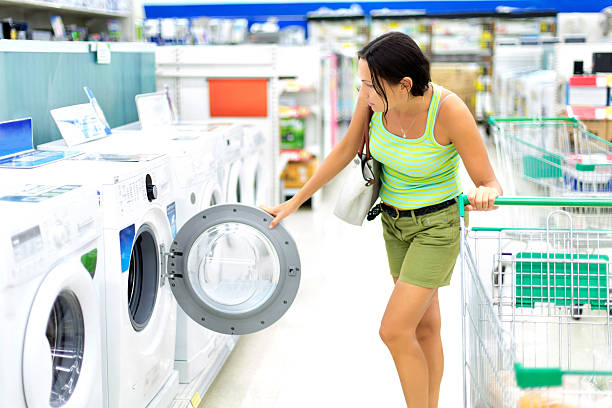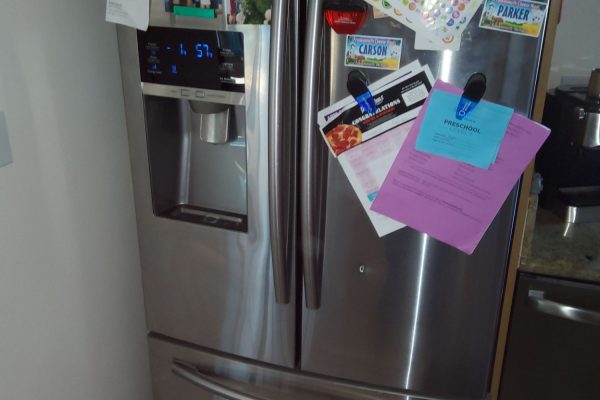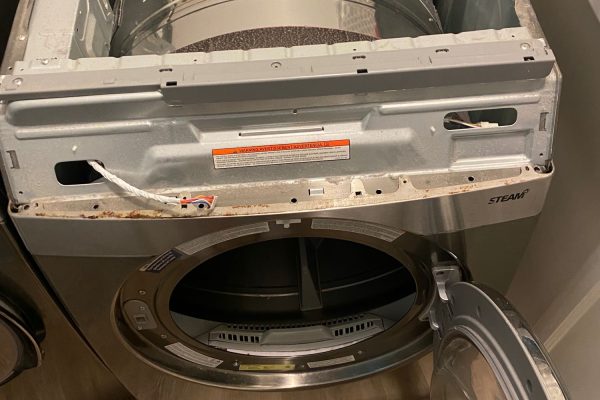In today’s fast-paced world, the convenience of laundry appliances has become essential in households. Among these appliances, dryers play a significant role in expediting the drying process for clothes. Three main types of dryers ventilation, condensing, and heat pump dryers stand out, each employing distinct mechanisms to accomplish the task efficiently.
Ventilation Dryers
Overview:
Ventilation dryers, also known as vented or traditional dryers, function by expelling moist air outside through a ventilation duct. They use hot air generated by an internal heating element to dry clothes. The warm air circulates within the drum, absorbing moisture from the clothes, and then the damp air is expelled through the venting system.
Advantages:
Efficiency: Ventilation dryers are known for their rapid drying capabilities, particularly with larger loads of laundry.
Cost-Effective: They are often more affordable to purchase compared to other dryer types.
Reliability: These dryers have a simple design, making them relatively easy to maintain and repair.
Disadvantages:
Energy Consumption: They tend to consume more energy compared to other types of dryers due to the heat generated.
Installation Constraints: The requirement for an external ventilation system limits installation options in certain settings.
Condensing Dryers
Overview:
Condensing dryers function by drawing in air from the surrounding environment, heating it, and circulating it through the drum to dry the clothes. Instead of venting the moist air outside, they utilize a condensing system to extract moisture from the air. The condensed water is collected in a reservoir or pumped out through a hose.
Advantages:
Versatile Installation: Condensing dryers do not need an external vent, allowing for flexible placement options, ideal for apartments or areas without access to venting.
Energy Efficiency: They generally consume less energy compared to ventilation dryers due to their moisture extraction mechanisms.
Less Heat Loss: Since they recirculate warm air, they contribute to maintaining room temperature during colder months.
Disadvantages:
Maintenance: The water collection system requires regular emptying, and the condenser unit may need periodic cleaning.
Drying Time: They might take longer to dry clothes compared to ventilation dryers, especially with larger loads.
Heat Pump Dryers
Overview:
Heat pump dryers are among the most energy-efficient options available. They operate similarly to condensing dryers but with an added heat exchange system. This system recycles hot air, continuously reheating it, and uses it to dry the clothes. The moisture extracted from the air is condensed and drained away or collected in a reservoir.
Advantages:
Energy Efficiency: Heat pump dryers significantly reduce energy consumption, making them more environmentally friendly and cost-effective in the long run.
Gentle on Fabrics: They operate at lower temperatures, making them suitable for delicate fabrics that might be damaged by higher heat.
Less Heat Loss: Like condensing dryers, they contribute to maintaining room temperature.
Disadvantages:
Initial Cost: Heat pump dryers tend to have a higher initial purchase price compared to other types of dryers.
Longer Drying Times: They might take longer to dry clothes compared to traditional ventilation dryers.
Choosing the Right Dryer
When selecting a dryer, several factors should be considered:
Space and Installation: Consider the available space and whether venting is possible or if a ventless option is more suitable.
Energy Efficiency: Assess the long-term energy costs and opt for a dryer that offers energy-efficient features.
Drying Requirements: Determine the typical load sizes and drying times needed for your household.
Ventilation, condensing, and heat pump dryers offer diverse drying solutions with distinct advantages and disadvantages. The choice among these types largely depends on space limitations, energy efficiency preferences, and drying needs. Understanding their mechanisms and functionalities assists in making an informed decision, ensuring optimal performance and convenience in the drying process for any household.
We have appliance repair experts available today! Call a professional Poway Appliance Repair Service Center technician by phone or book your service.
Our service center is open 24/7, so you can easily schedule a convenient repair time. The specialist will arrive at the agreed time, carry out a diagnosis, and, if necessary, offer repairs. If you are willing, your appliance will be repaired directly on-site within 1-2 hours. We provide top-notch service at an affordable price!
Contact us


